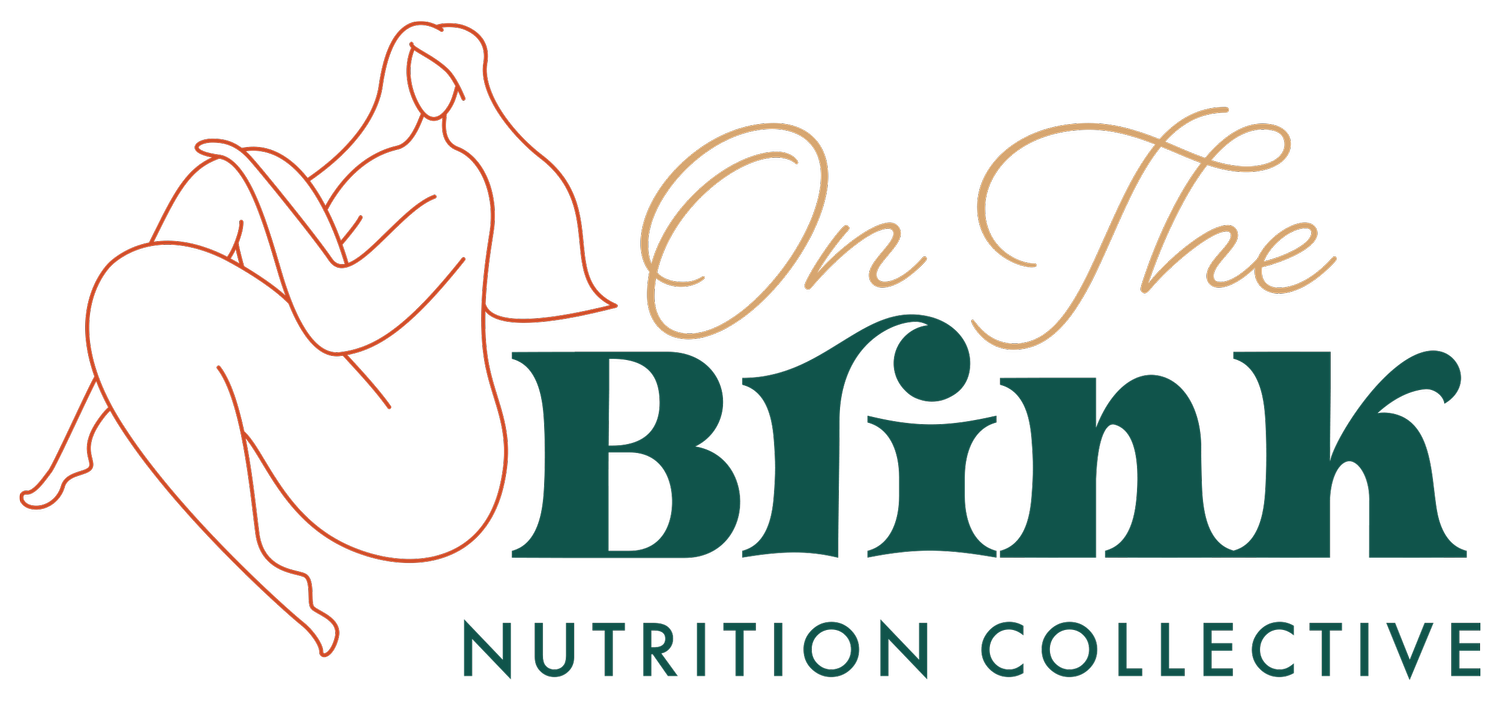Rediscovering The Felt Sense
My infant son cries. I pull him close. He feeds to satiety, sighs, and falls asleep. Content and relaxed.
A new pathway forms in his brain: feeling a need (a) + making a need known (b) = need met to provide safety and calm (c) .
That seems pretty simple: a + b = c .
When we are fortunate enough for this cycle to complete itself on a regular basis (for the most part...no perfection required, parents), a child’s body and brain work together to form a reliable system of knowing the world. The child learns that their world is, for the most part, OK because a + b = c.
a + b = c
Over and over again.
This reliable process builds something called our “felt” sense - awareness of our body’s internal information (cues, feelings, emotions, sensations) and an understandable meaning of it all. Felt sense is noticed when we turn to our body for the main source of information about the world around us and we learn to trust that what our body tells us is true.
But, that’s not the end of the story. It’s only the beginning.
As we grow up, our body continues to tell us things. However, there’s a plot twist. All too often, caregivers and culture gives us a new equation.
Maybe it’s a + b = shame + guilt.
And, sometimes, a + b = not good enough + rejection.
And if caregivers and culture don’t meddle in this math, maybe trauma steps in and deletes the entire equation. Perhaps systems of oppression or health inequities insert their own variables that make things extra confusing and unbalanced.
An unlearning takes place and we conclude that our body is not to be believed.
a + b ≠ c.
We lose trust in ourselves and turn to external forces to guide our way to safety, belonging and calm.
In my line of work as a Registered Dietitian Nutritionist, external forces:
look like diets, pass or fail, the moralization of food (good vs. bad), unattainable beauty standards, BMI classifications, and clothing size (to name a few).
sound like careless comments from medical providers, biting expletives called out from strangers, judgmental remarks from “loved ones”, or critical words spoken from a voice in our head.
feel like a lump in our throat as we raise a bite of food to our mouths, our heart beating out of our chest as we walk into a doctor’s office, and discomfort in an airplane seat.
All this striving and reaching outside ourselves is exhausting. On the best days we are tired with a low level rage. On the worst days, we develop body dissatisfaction and eating disorders, accrue debt, and find ourselves feeling isolated and disconnected.
How do we find our way forward in all of this? How do we reconnect (or connect for the first time) to our felt sense?
Here are some ideas.
Relationship. Begin work of healing that is rooted in community care and safety. Find a guide, partner or group for support.
Nourishment. Feed yourself on a regular basis even if you don’t understand and trust your hunger cues. A gentle structure of eating conveys the message to your body: I care about you and you can depend on me to show up to you. I won’t let confusion, discomfort, and shame around food keep us from eating.
Slow down. Think about a baby. She takes weeks and months to learn how to roll over, sit up, crawl, and finally pull up into a standing position for first steps. Take your time.
Compassion. Show kindness. You wouldn’t say to a baby, “You suck at walking!” when you see her take a tumble while learning to walk. No! You would rush in with tenderness, concern, and care. Give that same care to yourself.
Heal. Acknowledge the impact of your history with shame and trauma.
Permission. Make an effort to move towards leaving morality out of food and weight. This may take some practice and leave you feeling conflicted. Find a friend or practitioner who is fat positive and size-inclusive (no matter your body size).
Breathe. Slow down your breath. Try 4-7-8 breathing or square breathing.
Ground. Relax your jaw. Notice if you tongue is against the roof of your mouth. If so, let it come to rest in the bottom of your mouth. Feel your back against a chair and your feet against the floor.
Pause. Practice clearing a space, a technique developed by Gene Gendlin to make it possible to have a space inside yourself, uncluttered by day-to-day concerns to begin focusing our inner self.
Notice, with curiosity and without judgement, your experience in the moment.
Consider. What is the story I’m telling myself that triggered a big feeling?
Respond. What do I need right now?
Does all of this sound more complicated than a simple a + b = c?
That’s because it is.
You are not alone.
Rediscovering or learning for the first time a way with food that is not a diet takes practice. Identifying and recovering from living a life according to external rules requires strength and fortitude.
Are you struggling with a medical diagnosis, such as PCOS, and your medical provider is telling you to lose weight as the first step towards care? There is another, kinder, more sustainable way forward.
Are you living with Anorexia, Bulimia, Binge Eating Disorder or an unnamed struggle with food? There is a loving and compassionate approach available.
I’m here to help.
